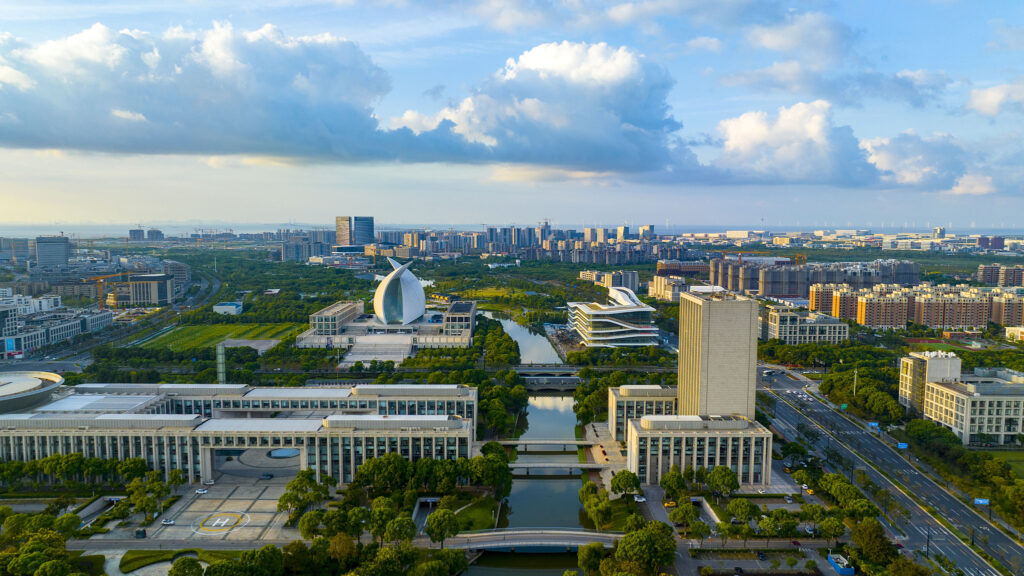Shanghai Free Trade Zone: A Decade of Innovation and Global Integration
As the China (Shanghai) Pilot Free Trade Zone (Shanghai Free Trade Zone) celebrates its 11th anniversary, it continues to stand as a pivotal force in advancing China’s openness and institutional reforms. Established in 2013, this zone has emerged as a model for China’s global integration and innovation, showcasing a decade of substantial achievements while also laying the groundwork for future developments.
Institutional Innovations and Milestones
From the very beginning, the Shanghai Free Trade Zone has prioritized institutional innovation. It introduced several groundbreaking policies that have since been adopted nationwide. For example, key achievements include the implementation of the negative list for foreign investment, the international trade “single window,” free trade accounts, and the separation of operating permits from business licenses. These reforms have effectively streamlined processes, thereby creating a more open and efficient business environment.
Moreover, the negative list for foreign investment initially included 190 items in 2013. However, today, this list has been significantly reduced to just 27 items, with no restrictions in the manufacturing sector. This reduction clearly highlights the zone’s critical role as a gateway for China’s continued opening up, offering increasingly broader opportunities for foreign investors.
Aligning with Global Economic Standards
As the global economic landscape rapidly evolves, with regional multilateral agreements like the CPTPP and RCEP setting high standards, the Shanghai Free Trade Zone has positioned itself as a benchmark for international investment and trade rules. These agreements influence not only global trade but also domestic policies related to state-owned enterprises, intellectual property, labor rights, and environmental protection.
Furthermore, China’s dedication to aligning with these standards demonstrates a strategic effort to enhance its global competitiveness. In addition, the establishment of 22 free trade zones across the country has been crucial in testing and developing economic regulations that meet both national and international expectations.

Future Directions and Ongoing Reforms
The Shanghai Free Trade Zone represents not only a response to global economic challenges but also a proactive drive toward internal economic transformation and modernization. The successful reforms in financial systems, administrative processes, and other areas gained from these trials have already contributed significantly to China’s economic evolution.
Looking ahead, it is essential to continue pushing for high-level institutional reforms. The implementation of the General Plan for Advancing Institutional Opening-up in Alignment with High-standard International Economic and Trade Rules will be pivotal. Specifically, this includes exploring comprehensive and open regulatory systems and promoting reforms in key areas like government procurement, state-owned enterprises, environmental protection, and labor standards.
By driving these reforms, China will not only improve its domestic economic environment but also offer valuable insights to the global trade landscape. Ultimately, the ongoing evolution of the Shanghai Free Trade Zone will continue to play a crucial role in shaping the future of global trade and economic integration.

